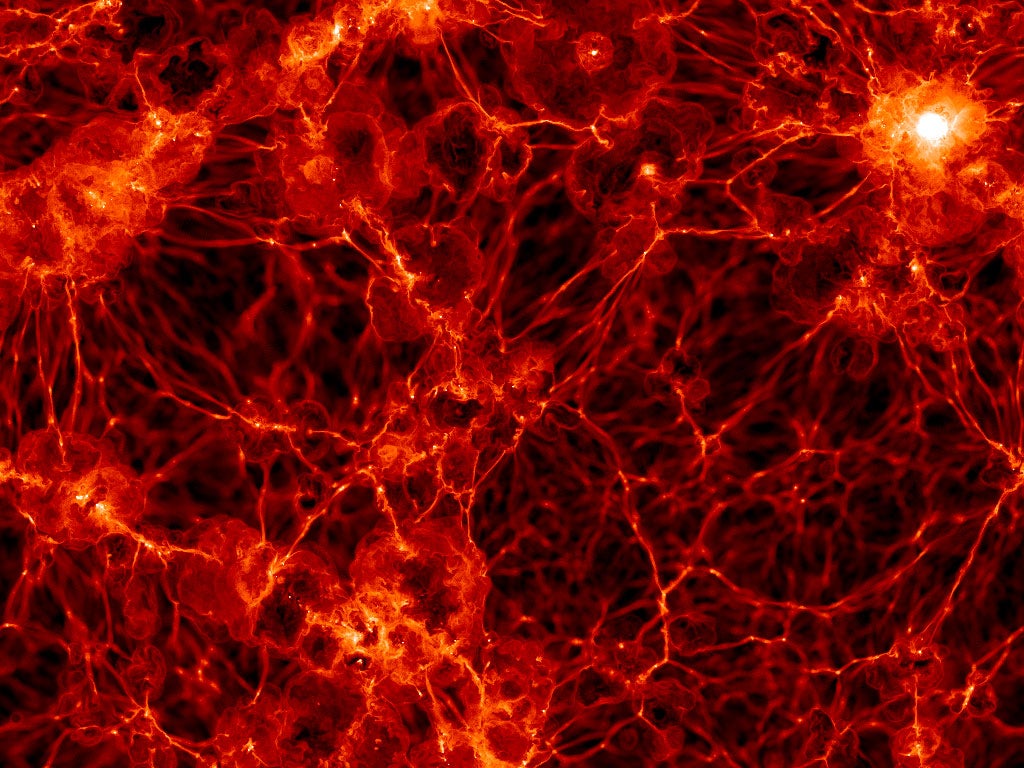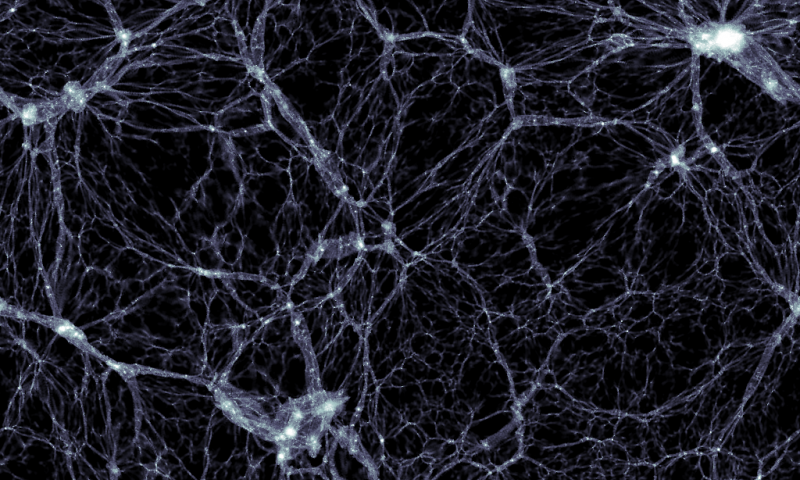Black holes banish matter to the 'loneliest places in the universe,' scientists claim
The findings could explain why scientists can't find all the matter predicted to exist in the universe

Your support helps us to tell the story
From reproductive rights to climate change to Big Tech, The Independent is on the ground when the story is developing. Whether it's investigating the financials of Elon Musk's pro-Trump PAC or producing our latest documentary, 'The A Word', which shines a light on the American women fighting for reproductive rights, we know how important it is to parse out the facts from the messaging.
At such a critical moment in US history, we need reporters on the ground. Your donation allows us to keep sending journalists to speak to both sides of the story.
The Independent is trusted by Americans across the entire political spectrum. And unlike many other quality news outlets, we choose not to lock Americans out of our reporting and analysis with paywalls. We believe quality journalism should be available to everyone, paid for by those who can afford it.
Your support makes all the difference.Huge cosmic voids, giant empty regions of the universe which take up space around galaxies, might not be as empty as previously thought, scientists have claimed.
In fact, these voids could contain as much as 20 per cent of the 'normal' matter in the universe, according to a team of astronomers from the University of Innsbruck in Austria.
The scientists believe that this wandering matter was spat out into the void by supermassive black holes in the centre of galaxies.
Using ground and space-based telescopes, scientists have gradually refined their understanding of the composition of the universe. It's currently believed that the universe is made up of around five per cent 'normal' matter, 27 per cent 'dark' matter, and 68 per cent 'dark energy'.
Astronomers have also mapped out galaxies, and indirectly their associated 'dark' matter, showing they are structured in filaments which make up a 'cosmic web'.
The Austrian team investigated this structure in more detail through a simulation named Illustris, and found that around 50 per cent of the total mass in the universe is found in galaxies, compressed into a volume of 0.2 per cent of the visible universe. A further 44 per cent of this mass is found in the filaments, and the final six per cent is found in the voids.

However, the team were surprised to find that a fairly large proportion of the matter - around 20 per cent - occupies the voids. This appears to be caused by supermassive black holes, which attract matter and convert some of it into energy.
This energy is then delivered to the surrounding gas, and causes large outflows of matter which stretch for hundreds of thousands of light years, beyond their host galaxies and into the voids.
These findings could provide a solution to the 'missing baryon' problem, where astronomers don't see the amount of normal matter predicted by their models. This could be because it's been diffused across the voids by black holes.
Dr Markus Haider, the lead author of a study about the theory which has been published in Monthly Notices of the Royal Astronomical Society, said: "This simulation, one of the most sophisticated ever run, suggests that the black holes at the centre of the galaxy are helping to send matter into the loneliest places in the universe."
He added: "What we want to do now is refine our model, and confirm these initial findings."
Join our commenting forum
Join thought-provoking conversations, follow other Independent readers and see their replies
Comments